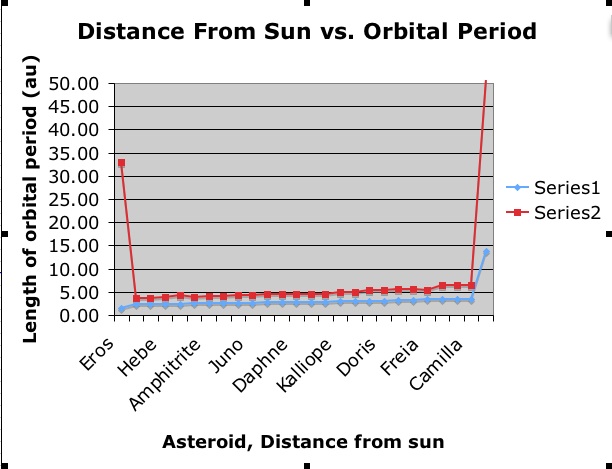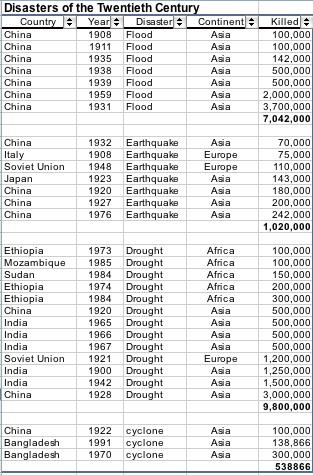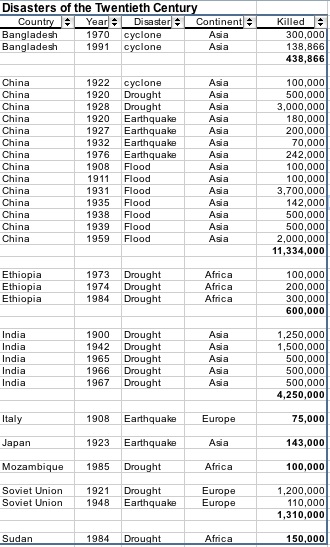
Inner planets are closer to the sun, have shorter years, faster orbiatl speed, less mass, more denisty, generally more gravity, are hotter, and are rockier than outter planets. All of these similarities make sense based on the physics of a planet's orbit:
-Planets closer to the sun will have shorter years because they can make it around the sun faster (less distance).
-Proximity to sun will also affect temperature.
-Density will be affected by composition. That is, a rocky planet will be more dense than a gaseous one.
-Gravitational force will also be affected by mass.
Day length is not affected by the planet's distance from the sun, as this distance does not impact the independent rotational speed of the planet.
With the exception of Eros, farther distance from the sun tends to result in a longer orbital period.

One would expect to find that the larger, and therefore brighter, asteroids would be discovered at an earlier date. While this pattern is apparent in places, it is not consistent throughout the data.

Drought caused the most severe loss of life during the 20th century.

China suffered the greatest loss of life due to disasters in the 20th century.